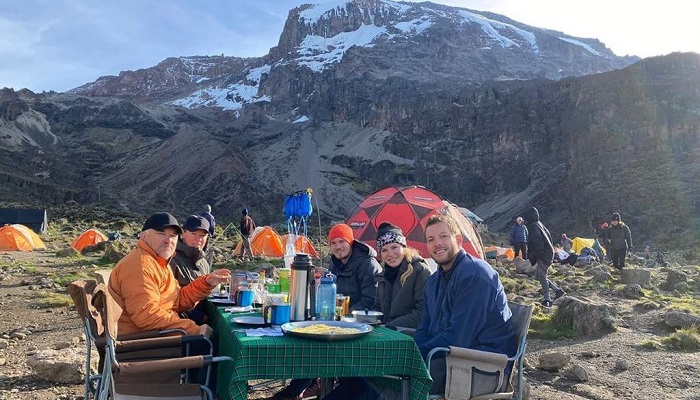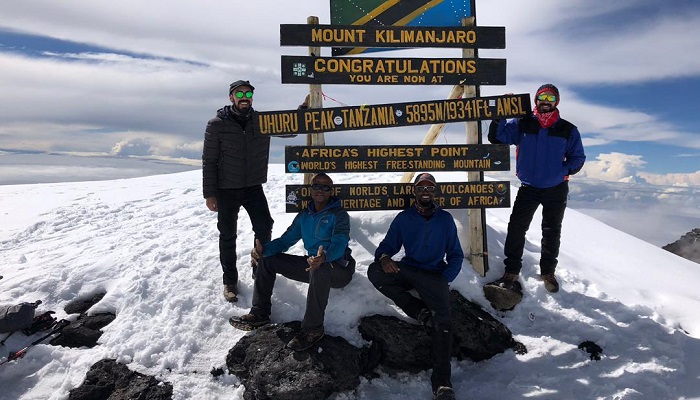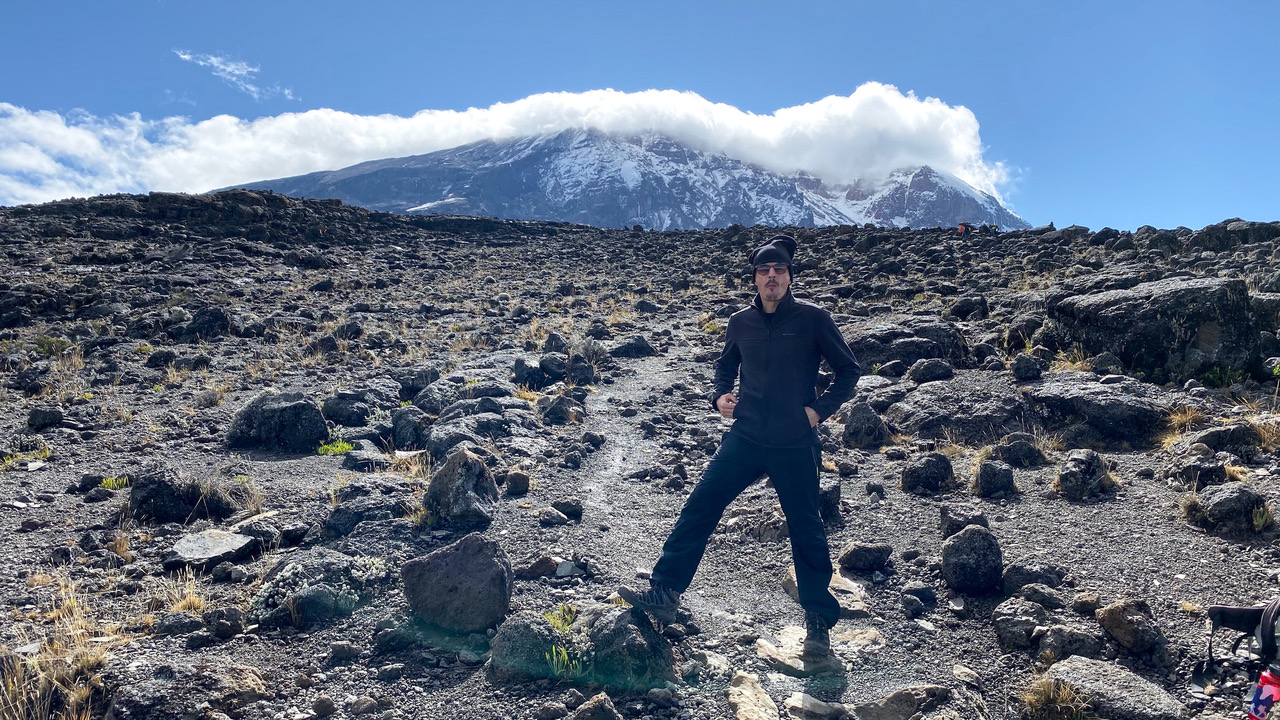
WHICH ONE IS BEST KILIMANJARO CLIMBING ROUTE...?
Selecting a route is a tough choice for most. To find the best Kilimanjaro route for you, considerations should be taken for the route’s difficulty, scenery, and popularity.
We can help you determine the best success rate to climb Kilimanjaro based on your interests, schedule, budget, prior altitude experience, and overall physical fitness. Longer climbs have the highest success rates and we recommend taking a minimum of 6 days to climb Kilimanjaro.
Kilimanjaro Climbing Routes
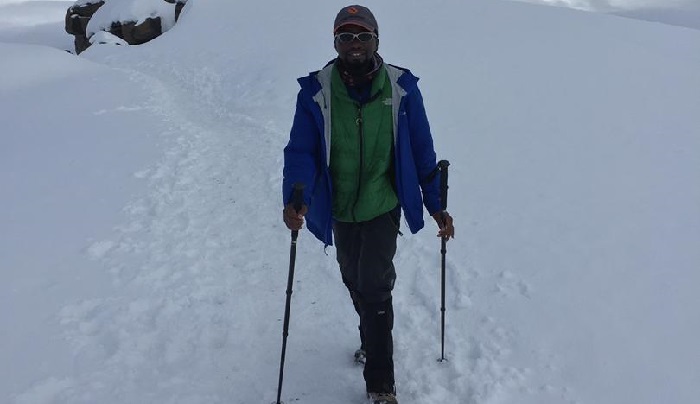
It is often billed as one of the easier walking routes(5 days ),
It is
only that provide hut for accomodation. Read More
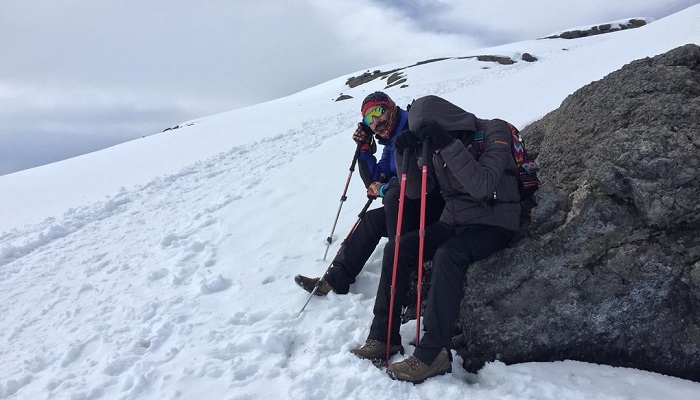
Its offers stunning views, a reasonable challenge, and plenty of time to acclimate, making it a good choice for those who have a bit of extra time in their schedule.Read More
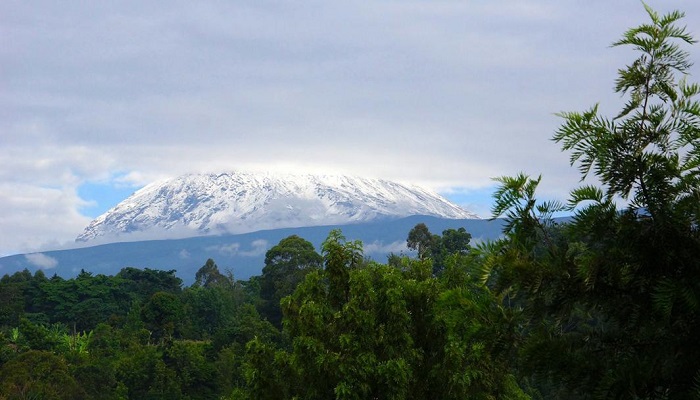
It's considered the most beautiful route on Kilimanjaro
and grants panoramic vistas on various sides of the mountain.
It's
offers a great balance of low traffic, scenic views and a high summit success rate.
Read More
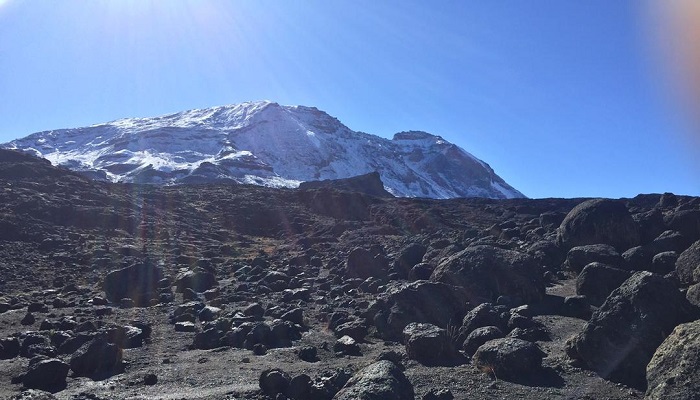
It's nearly identical to the Lemosho Route. In fact, Shira was the original Lemosho Route on this western side of the mountain. While Lemosho Route starts at Londorossi Gate and treks to Shira 1 Camp, the Shira route bypasses by using a vehicle . Read More
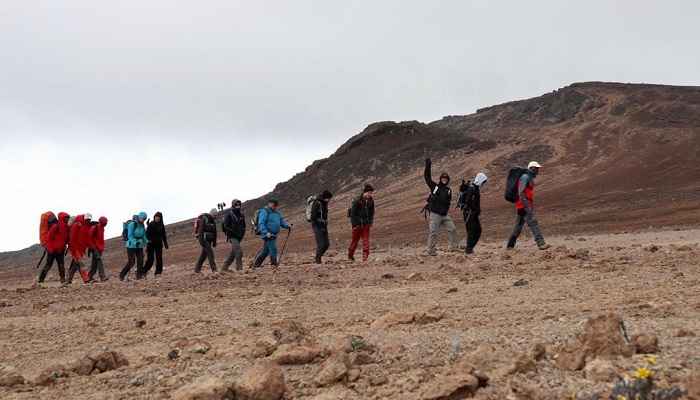
The Umbwe route, which is based in the south, is a classic 6 days tour and is by far the most difficult one offered on Kilimanjaro. The first two days are extremely steep, muddy and generally strenuous making it only suitable for well-trained mountaineers. An acclimatization day is rarely offered on the standard programme, but can be added whereby giving the climber an extra day in the Karanga Valley. The descent trail to Mweka Gate, accommodation is on campsites using 4 season tents & traffic is low. Read More

With its gentle gradient and unspoiled remoteness, the Rongai Route is the only trail that summits Mount Kilimanjaro from the north, near the Kenyan border. This beautiful small group Kilimanjaro guided climb through farmlands, forest, and alpine moorlands is one of the lowest traffic routes on Kili and perfect for those looking to ascend the mighty Roof of Africa without hassle of crowds and with the added luxuries of dedicated guides, cooks, and porters . Read More

The Northern Circuit is the longest and also the most remote
route. The longer itinerary means that it has a good acclimatization profile. You can naturally "walk high,
sleep low" which helps with acclimatization.
Even though you don't have to climb the Great Barranco Wall on this route, you will still have
a tough summit night approaching via Gilman's Point. You will be trekking for long periods of
time so a good level of fitness and stamina is recommended.

